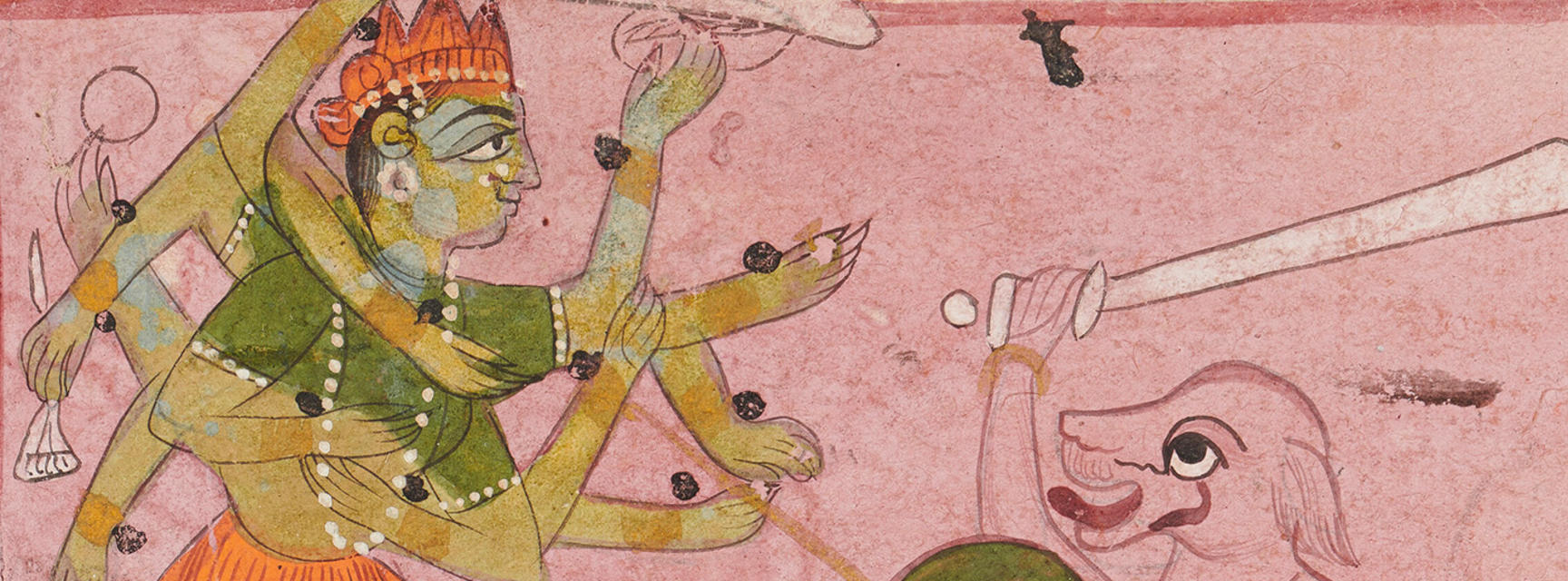DEMON, MOTHER, MAKER OF KINGS
PAST EXHIBITION
21 Jun 2024 to 15 Jun 2025
Ancient Middle East Gallery
Admission was FREE
Guest Curated by Professor Maria Misra, Keble College
In ancient and medieval societies, gods and goddesses were central to how people saw the world.
In this display you will discover a group of female divinities of the ancient world offering a glimpse into the many surprising forms of their power, from motherhood, love and fertility, to being fiercely violent and asserting political authority. Each has many different roles and functions in war, battle and death, politics, intelligence, and even navigation.
Many scholars in the late Victorian period saw these goddesses as evidence of an ancient ‘Great Goddess’ cult, which they mistakenly interpreted as evidence of matriarchy – a society led by women. These ideas, though useful to feminists, were used by their critics to argue that female power was ‘primitive’ and ‘uncivilised’.
Header image: Durga slays the buffalo demon Mahishasuramardini, illustration (detail), 17th century, gouache on paper
Gender and the Myth of Matriarchy
The display was part of a collaboration between the University of Oxford History Faculty and the Ashmolean Museum. It was based on research exploring changing ideas of gender globally since pre-history to the present and has been guest curated by Professor Maria Misra, Professor of Global History at the University of Oxford and a Fellow of Keble College, who is researching a Global History of Gender.
A conference, Global Gender: Pasts, Presents, Futures, took place 24–26 June 2024 in Oxford. Information about the programme, and registration, can be found on the Oxford University TORCH Global Gender website.






